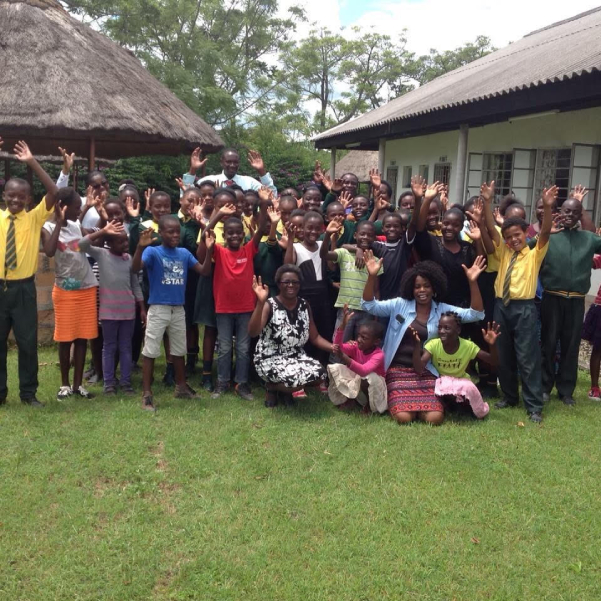
Introduction
Jabulani Children’s Village, established in 1998, stands as a beacon of hope for orphans and vulnerable children in Ndola, Zambia. Founded in response to the HIV/AIDS epidemic and widespread poverty, Jabulani has dedicated itself to providing a nurturing environment where children can thrive. This blog post explores the journey of Jabulani, its mission, and its evolution in addressing the socio-economic challenges faced by the community.
The Founding of Jabulani Children’s Village
In the late 1990s, Zambia faced a growing crisis with increasing numbers of orphans due to the HIV/AIDS epidemic. Recognizing the urgent need for support, a group of compassionate individuals came together to establish Jabulani Children’s Village. The name “Jabulani,” meaning “to rejoice” in Zulu, reflects the organization’s mission to bring joy and hope to children who have faced unimaginable hardships.
Mission and Objectives
Jabulani Children’s Village aims to educate, equip, and empower orphans and vulnerable children aged 2 to 18. The organization provides:
- Safe Housing: Children live in a family-like setting with dedicated caregivers.
- Education: Access to quality education is prioritized, with plans for an on-site school to eliminate transportation barriers.
- Nutrition: Regular meals and food supplements ensure that children grow healthy and strong.
- Life Skills Training: Programs in tailoring and farming prepare children for self-sufficiency.
- Healthcare: A clinic is available for medical needs, although it currently faces operational challenges.
Evolution in Response to Challenges
Over the years, Jabulani has adapted its programs to meet the changing needs of the community. Despite facing financial difficulties due to reduced resources from suppliers, the organization remains committed to its mission. Initiatives like small-scale vegetable farming have been introduced to create sustainable food sources while also generating income.
Community Impact
Jabulani not only cares for children but also plays a vital role in the local economy by providing employment opportunities. The organization supports local families and contributes to reducing poverty in Ndola. By fostering a caring environment, Jabulani helps nurture future generations who can positively impact their communities.
Call to Action
As Jabulani Children’s Village continues its vital work, community support is more important than ever. Whether through child sponsorship, donations, or volunteering, there are numerous ways individuals can contribute to this legacy of hope. Together, we can help ensure that every child at Jabulani has the opportunity to thrive.
Conclusion
Jabulani Children’s Village represents resilience and hope amidst adversity. By sharing its story and current needs, we can inspire action and support for these vulnerable children who deserve a brighter future. This format provides a comprehensive overview while engaging readers emotionally and encouraging them to get involved with Jabulani Children’s Village.

